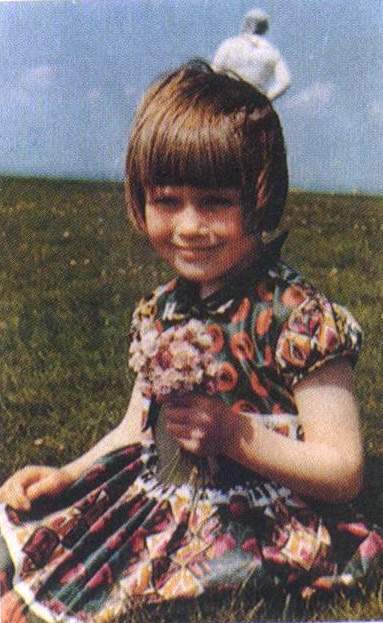
The photograph of the alleged Unidentified Flying Object has become a genre all its own, perhaps one of the true and lasting aesthetic creations of the Cold War. Though manifesting itself in a wide variety of forms, our popular corpus of UFO imagery and folklore spews forth from a relatively small number of iconic photographs, most of them taken in the first two decades following World War II. As proof to the fringe only, the photographic evidence of extraterrestrial visitation upon the human race is located squarely within a twilight zone; the doubt of odd angles, blurry edges, unfamiliar colors. They never offer “proof” in the high-definition sense. And yet for any who have seen them and studied them, there is an undeniable seductive quality to UFO photography. To me, it was the cocked arm of the Solway Firth Spaceman, so nonchalant, looming behind the smiling face of the daughter of Jim Templeton. A gesture from beyond.
The changing facades of Western postwar living are captured alongside the otherworldly invaders. Leafy New Jersey streets and urban light-pollution; middle-class weekend trips to the moors. Backdrops so unassuming; they never meant to be photographed. Yawning and grainy. They’re always a disarmed quality, like the landscapes you first lay eyes on after a too-long nap. So banal as to come around the bend to uncanny. In this state, even the trees seem dangerous. Knowing.
There’s always a strange moment in the midst of a UFO enthusiast’s road of discovery, when the incriminating photo blooms onto the monitor and the eye searches for what’s different, what’s foreign, that promised break in reality. As per the genre, the enthusiast knows that something is wrong with this picture, something cosmically wrong, but he or she doesn’t know where yet. In this weightless space, hunting the intruder, everything is anticipation and everything is suspect.
And suddenly, there it is…
Threading the link between thought experiment and horror fiction is old-hat. Our cultural appetite for the macabre, the popthropologists says, comes from the win-win decadence of death without death; experiencing the adrenaline while the consequences are suspended along with our disbelief. This idea works well enough for zombie or slasher films, but it doesn’t suffice for the ancient stockpile of ghost stories, haunted Dutch Colonials on Long Island, UFO narratives, demonic visitations, in which actual danger to physical life and livelihood are rarely present. Ghosts, and Extraterrestrials, are not feared because they kill.
Just like it’s impossible to imagine one “living” death, it’s impossible to grasp the reality of the extraterrestrial entity. In the massive corpus of science fiction concerned with humanity’s relations with alien life, otherworldly beings are crudely stereotyped by human authors in as a disagreeable a manner as would any Orientalist. This species is passionate and violent, that one is stoic and intellectual. There is little variation between individuals, as we know real entities. But if the extraterrestrials were depicted as such, as unique and different from one another as individual humans are to each other, then their alien glamour would evaporate. The racial Other also exists bounded by stereotypes. So what is different here?
Maybe it’s about something not-belonging.
No comments:
Post a Comment